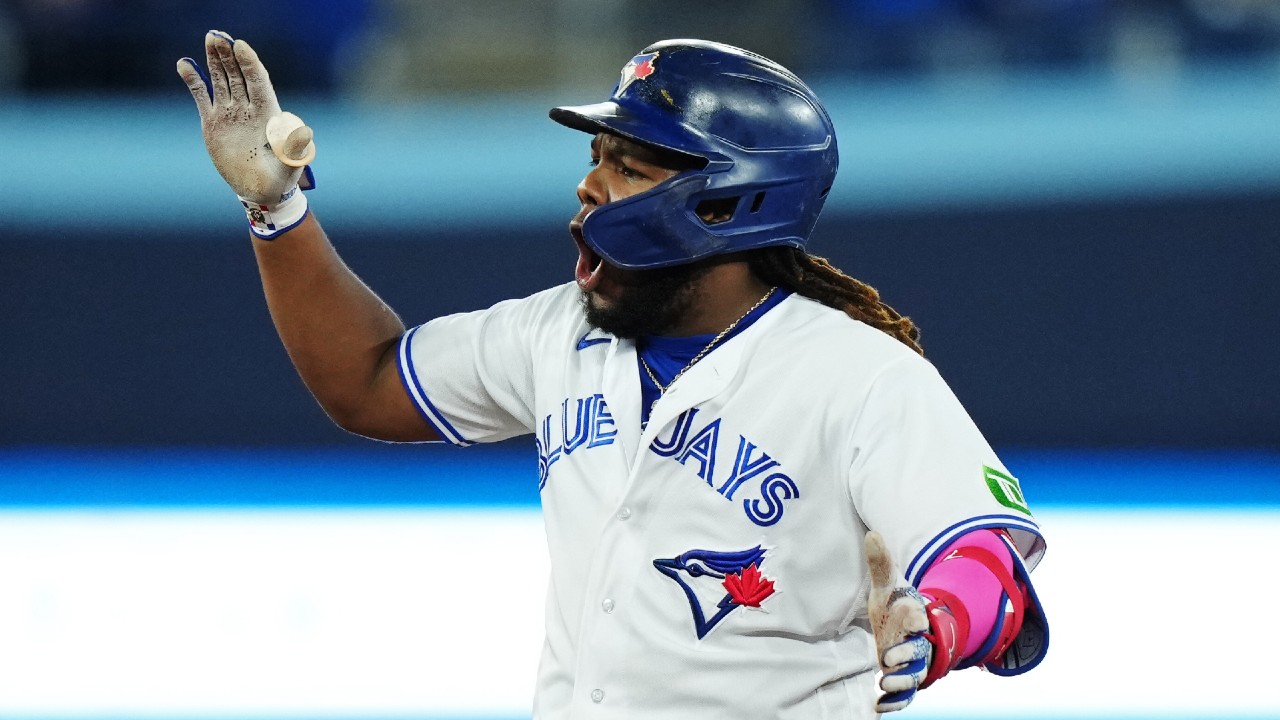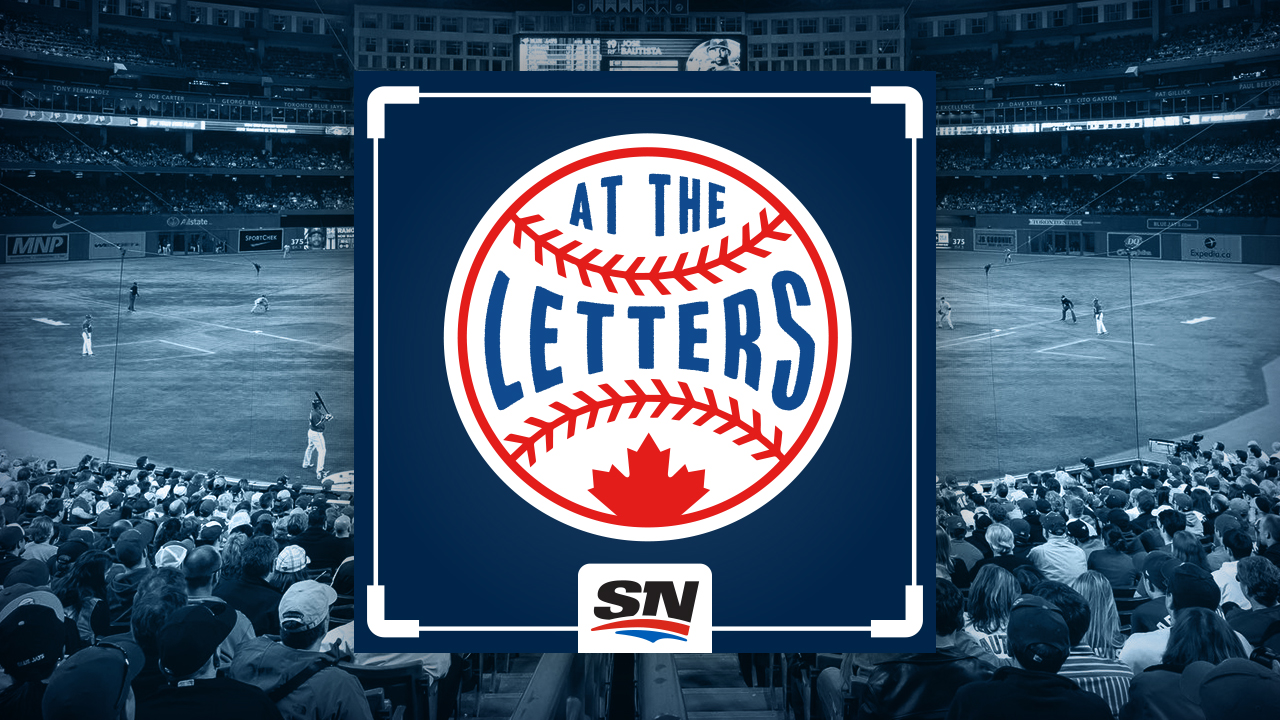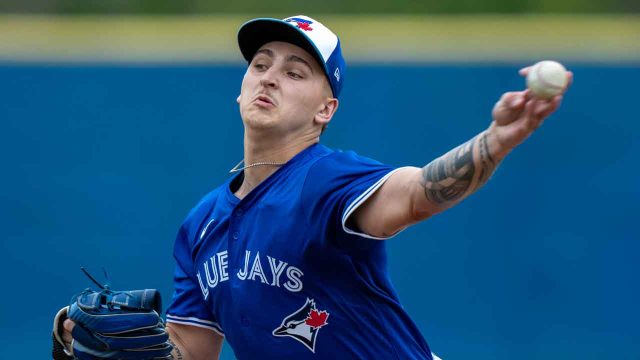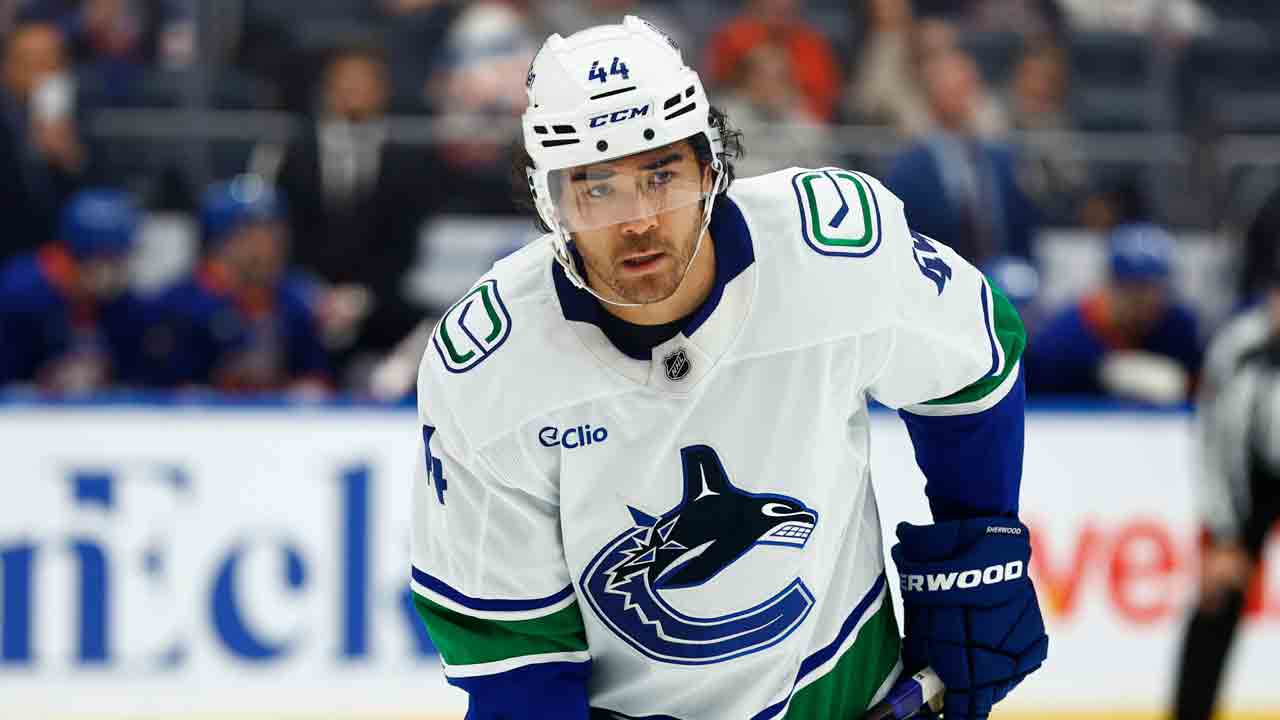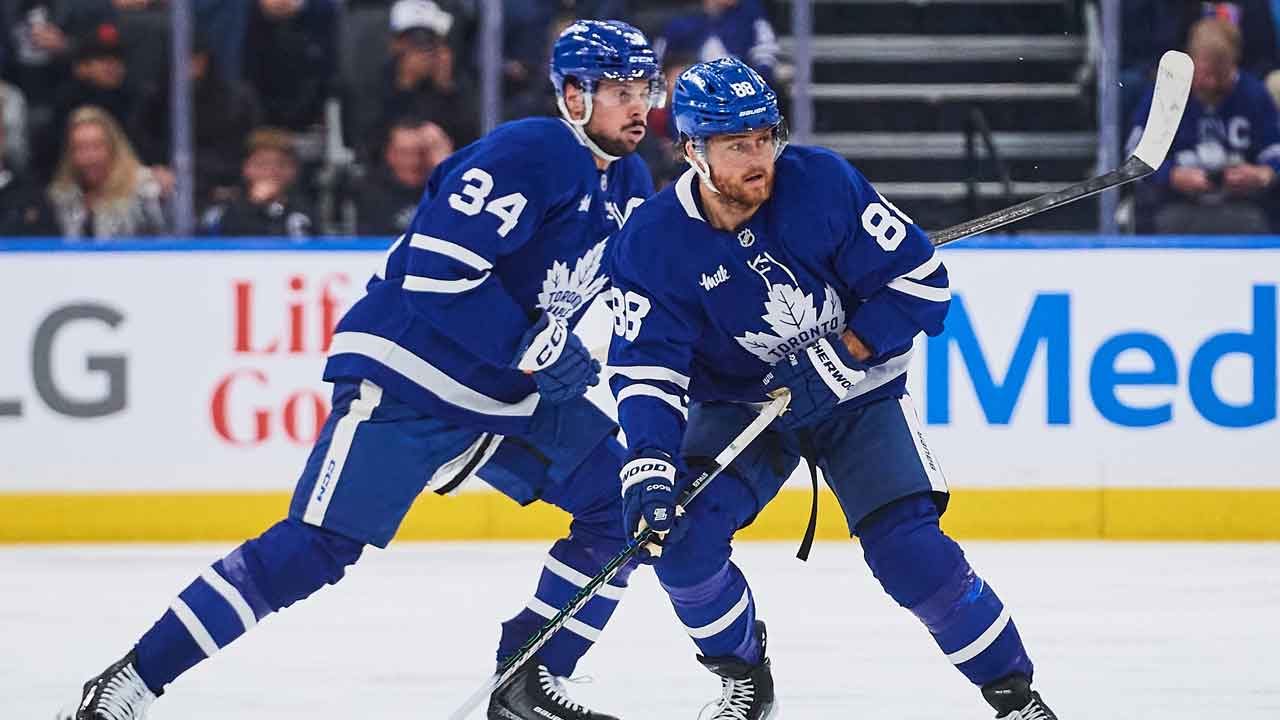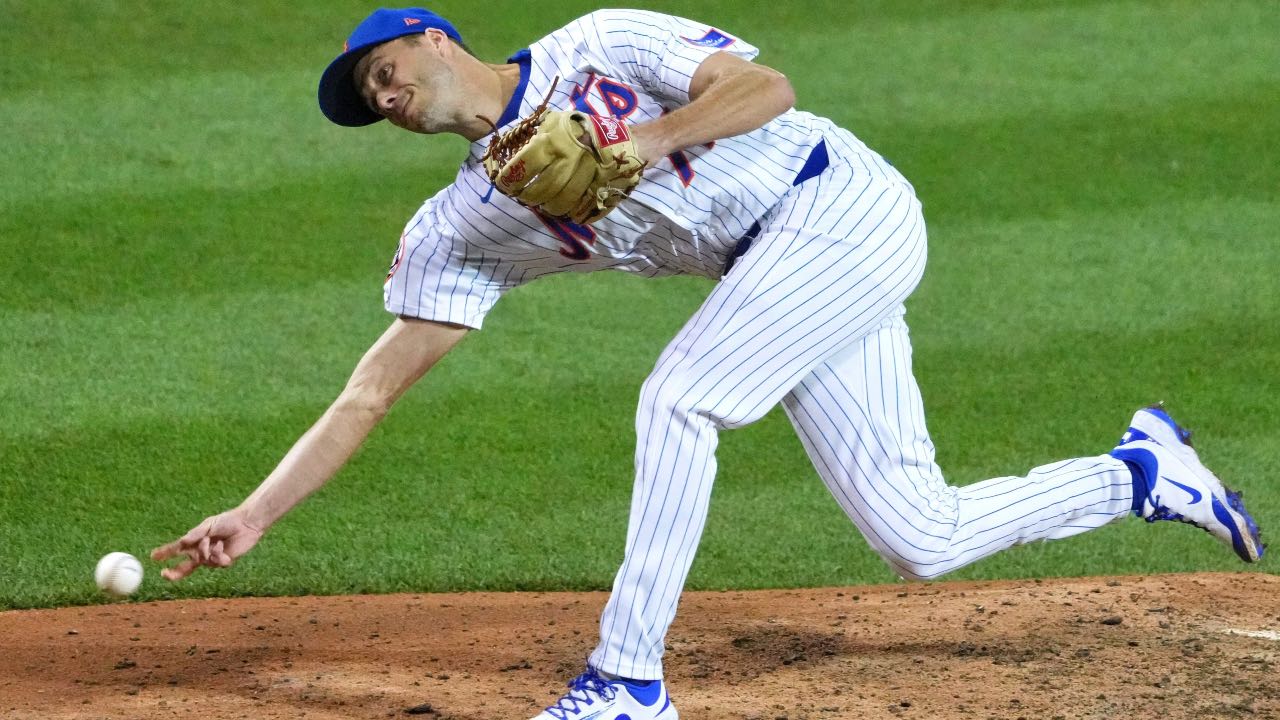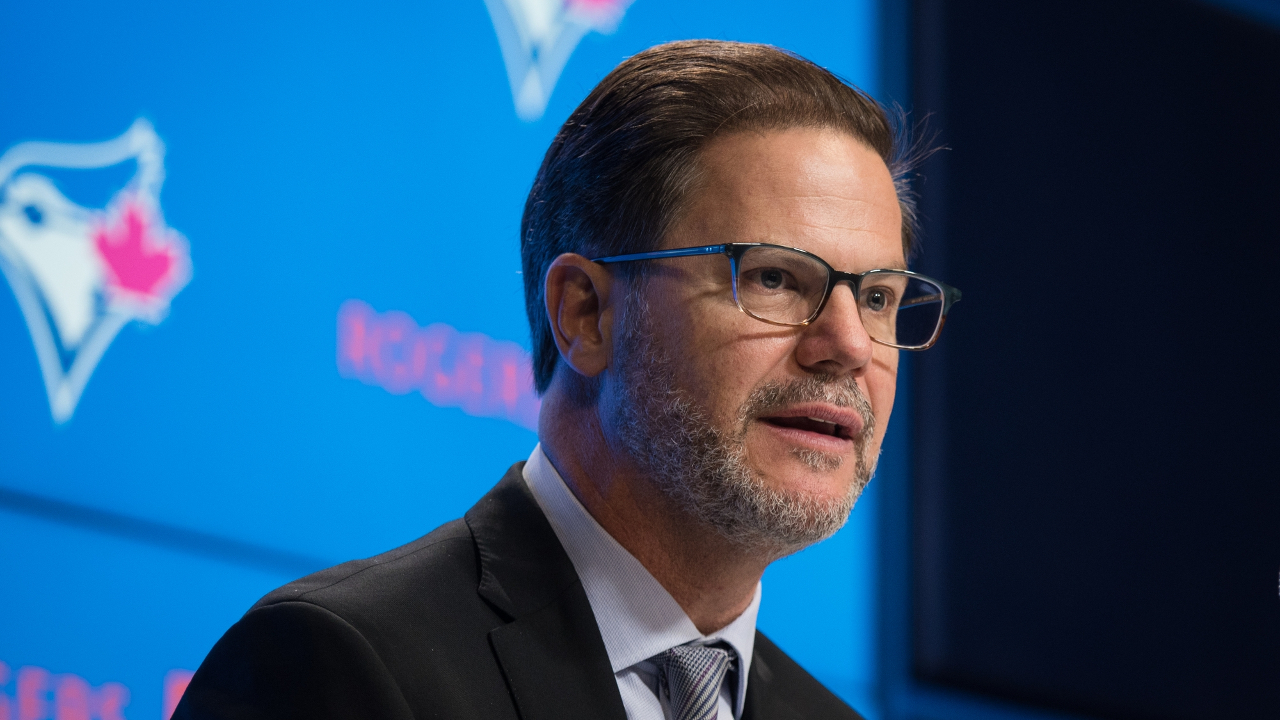
TORONTO — The Toronto Blue Jays are just about at the midway point in this off-the-rails season with game No. 80 arriving Thursday night when they host the New York Yankees.
As you well know, things have not gone well. They are 36-43, with a run differential of minus-46 and playoff odds that sit at five per cent, as calculated by FanGraphs. There are six teams between them and the third wild-card spot. And while it’s really hard to completely fall out of contention in a six-teams-per-league post-season, they are very much in Lloyd Christmas, “so you’re telling me there’s a chance,” territory.
Hence, the options for the Blue Jays over the next three months have narrowed since Ben Nicholson-Smith and I looked at some possibilities back in May. There is time before the July 30 trade deadline so the ground may yet shift, which is why they’ve yet to signal their intentions to other clubs. But only a sudden surge that reverses their recent plunge will prevent a partial sell, one expected to centre on their expiring contracts, highlighted by Yusei Kikuchi and Yimi Garcia. Ben examines how that could play out here.
Still, for the time being at least, the Blue Jays intend to lay in the bed they’ve made, exhausting the possibility of a minimal-per-cent outcome before shifting focus to 2025 and beyond. Given the current trendlines, here’s what that may look like:
Personnel Changes
The Blue Jays, by and large, don’t fire people unless they absolutely have to (see Charlie Montoyo, July 2022) and they very much believe in stability and continuity.
But without a spectacular turnaround change is coming. One potential way this could play out is for Ross Atkins, who is signed through 2026, to remain general manager through the trade deadline, bear the brunt of a sell-off and then sometime in August or September, shift into a different role with the club (see Dave Hudgens, last fall). That would set the table for James Click, the former Houston Astros GM who is currently Toronto’s vice-president of baseball strategy, to step in on an interim basis while a search takes place, one which may very well select him for the role on a permanent basis.
A new GM would then be tasked with making a decision on manager John Schneider and the coaching staff, leading into another run in 2025 with the guts of the current core, plus whatever they’re able to add during the off-season. As things stand, the Blue Jays have at least $47 million coming off the books, giving them the flexibility to be creative this winter. At that point, the future of president and CEO Mark Shapiro, whose contract expires at the end of 2025, can be addressed.
The Trade Deadline
The Blue Jays do not want to be in a sell position. Even now, they will want to give their players every opportunity to nudge them away from this option. Assuming the current math holds, though, they will explore deals for all their expiring contracts, with the aforementioned Kikuchi and Garcia (as long as he’s healthy) their leading opportunities for a strong return. Danny Jansen is sure to get some interest, as well, Trevor Richards makes sense for every contender and is affordable to boot, while Justin Turner and Kevin Kiermaier are the type of veteran pieces buyers covet for depth at the deadline.
The Blue Jays need to take as many swings as possible here to better their chances at a home run, like the one they hit in 2017 when Francisco Liriano returned Teoscar Hernandez.
Right now, they do not intend to deal Vladimir Guerrero Jr., Bo Bichette or any of their other one-plus contractual control players, aiming instead to build around them for another run in 2025. But, worth considering in what’s shaping up as a real sellers’ market, is whether this is a time to be opportunistic and sell-off more players to restock their farm system quickly. That approach is a tough sell for a number of reasons, but until suitors switch from ambulance-chasing in their entreaties to a more realistic pursuit, the conversation is moot.
Let the Kids Play
To a certain degree, this has already happened with Spencer Horwitz and Addison Barger up and playing regularly. Other obvious options like Nathan Lukes (who’d be in the majors if not for thumb surgery) and Orlevis Martinez (80-game PED suspension) are off the table.
But regardless of what they do at the deadline, the Blue Jays have some pitching holes to fill next year with their pending free agents and Alek Manoah recovering from elbow surgery. So, trading Kikuchi would open runway to really explore Bowden Francis in the rotation while also creating opportunity for looks at starters Ricky Tiedemann, if he’s healthy, and Adam Macko. Relievers like Hagen Danner and perhaps Eric Pardinho could be given some run, too, along with, potentially, any near-term players the Blue Jays acquire.
All of this should be done with an eye toward who can contribute in 2025 and which holes need to be addressed externally.
Reset the Luxury Tax
The Blue Jays aren’t deep enough into the Competitive Balance Tax, or CBT, for this to be a priority and subsidizing players sent to acquiring clubs is a way to improve the prospect return in a deadline deal. But a sell-off may also allow them to dip under the $237 million threshold and reset their penalty.
Right now, FanGraphs’ RosterResource calculates their luxury-tax payroll at $246.6 million, so avoiding the hit this year is very possible with enough subtraction. If they do exceed the CBT in 2024, their penalty would be 30 per cent on all overages, as they’d be past the threshold for a second straight season. Doing so again next year would push their tax rate to 50 per cent on overages above $241 million, while a reset would have them taxed at 20 per cent, instead.
Given their current intent to hold on to Guerrero and Bichette, the Blue Jays would presumably spend at similar levels as they had planned for this season, so there’s some logic to pursuing a reset.
The pending free-agent class features the type of offensive impact the Blue Jays really needed last winter, headlined by names like Juan Soto, Pete Alonso, Willy Adames, Alex Bregman, Anthony Santander, Teoscar Hernandez, Paul Goldschmidt and Tyler O’Neill, with Ha-Seong Kim and Rhys Hoskins able to opt out and join the market.
Of note is the Blue Jays have included money in past deals to improve their prospect return — most recently by holding the majority of Cavan Biggio’s remaining salary in their deal with the Dodgers — so a CBT reset is likely to be a secondary pursuit, if it’s one at all.


